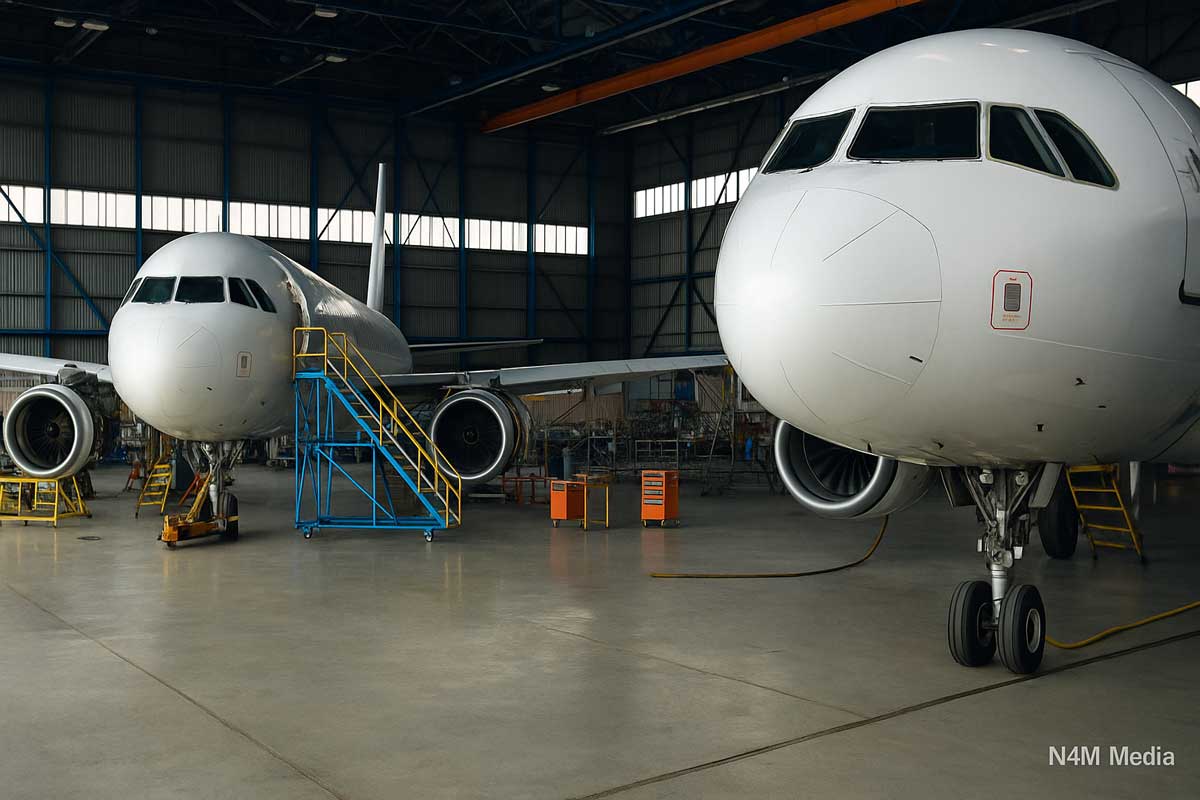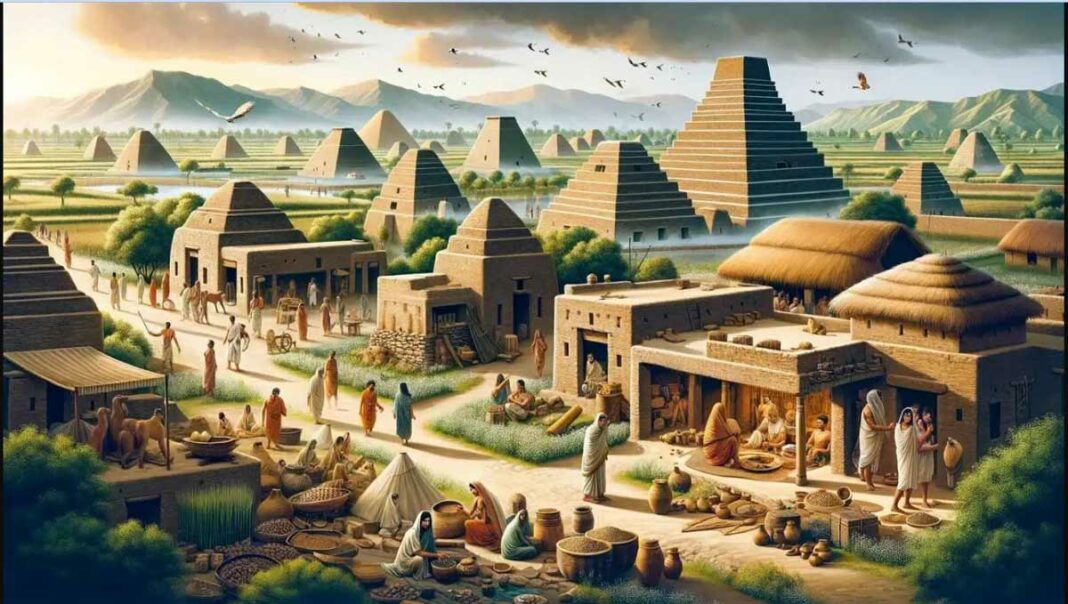The greatest civilization in the ancient world was the Indus Valley Civilization that thrived in the city of Mohenjo-Daro, situated in present-day Pakistan.
This city, which had a befitting modern city aura with wide roads and structures, was probably the largest city. It had a population estimated to be around eighty five thousand.
Some of the artifacts discovered include seals, buildings, toys and pottery through which information about this civilization is revealed and affirmed that the city had a layout.
City planning and some kind of stupa
In the upper level of Mohenjo-Daro, there is a very big building, which looks like a stupa with approximately twenty-five feet tall. It is a stupa-like structure that was built using bricks that were manufactured more than three thousand years ago.
Archeological studies conducted in the year 1922 in and around this stupa like construction, revealed signs of pre-historic existence. Out of all the early civilizations identified in the Indian subcontinent, the oldest one is the Indus Valley Civilization.
According to archeological findings, the Indus valley civilization is estimated to have been of the same age as the Egyptian and Mesopotamian civilizations.
This city should have been constructed with the specific aim of providing a particular form to this Indian topography, because it is quite apparent that the framework of this city’s structure was conceived with a prior blueprint.
It can be seen that the modern designs, which are designed to accommodate the contemporary city, are not the same as the city designs that were provided by the Indus Valley Civilization. In the south of this city there are also remnants of workers’ houses and other facilities which were built for industrial workers.
The nobility was secure in the citadels
This civilization is one of the most beautiful things in human history as it was trying to build society. It was the most beautiful and complete civilization they had ever witnessed. Because of these developments, today we still refer back to it as an example.
The area behind the platform with the stupa is referred to as ‘granary’ and right in front of it is the settlement of the ‘upper class.’ Five kilometers behind it lies the Sindhu River.
If you proceed towards the south, there are ruins that have diverse debris of houses that are dilapidated. Perhaps they were living places of the workers but they were not as durable as the living places of the lower class, which could last thousands of years. Nevertheless, even in the present days it is possible to see how the houses of the prosperous protected by the walls are still in existence.
There was considerable social activity going on at the Great Bath.
Here, there is what the archaeologists termed as a proper ‘tank’ of baked bricks and that had provision for drainage of water. A community centre like structure is located south of it depending on twenty pillar base.
According to various assumptions, this tank may have been employed for washing within an identified civilization. This tank is about 23 feet wide and 7 feet deep. It only has one opening that is on the north-facing side of the structure which is 2. undefined This tank bears the architectural intricacies of that period, including the baked bricks, lime, gypsum and white plaster work even today.
The farming made the growth of the city possible.
As it is understood earlier, these people were identified as farmers and shepherds in this city. While the metal iron did not exist, tools made of stone and copper were widely used. This is on account of the fact that mining of stones and copper was more common in Rajasthan.
Some of the crops grown were wheat, barley, mustard, cotton, dates, melons, grapes, and other crops were also grown. Even workers were mostly engaged in agricultural fields and the common means for tilling was a bullock cart.
Smart water systems ensured that the city remained clean at all times.
There was no outbreak of disease here as the drains were properly planned due to right manner of water drainage. The sinks and other fixtures inside homes conveyed the contaminated water out of the buildings through pipes, which join broader drains. These drains could be covered and were properly situated in terms of demands, with roughly 700 of them.
Valuables had to be kept secure
The small building that contains the artifacts relative to the Mohenjo-Daro civilization is of a size to that of a school. That means it does not hold much importance.
There are number of items seen in this storeroom which include potteries belong to Karachi, Lahore, Delhi and London, black potteries, clay and copper vessels, beads, copper tips of arrows, sculptures in small size, bronze ornaments etc.
Gold ornaments are also used, however they were relocated to the Treasury. While some pottery items are here, there are more in the Archaeological Museum. Also, the seals made of terracotta and stone objects were discovered as well during the excavations.
- The Challenge Of Cyber Theft And It’s Impact On National Security

- When Honest Feel Harassed: Why India’s High Net-Worth Individuals (HNIs) Are Losing Faith in the System

- India | Readying For Wars

- MRO Monopoly – Is India Sleepwalking Into It Too, Indigo Style?

- Click, Pay and Get Cheated: How Amazon India’s Fake Seller Network Is Looting Innocent Consumers

- Adani’s Next Airspace Play: Basraon’s FSTC in Sights




















